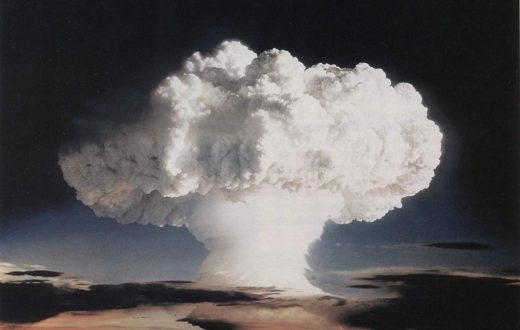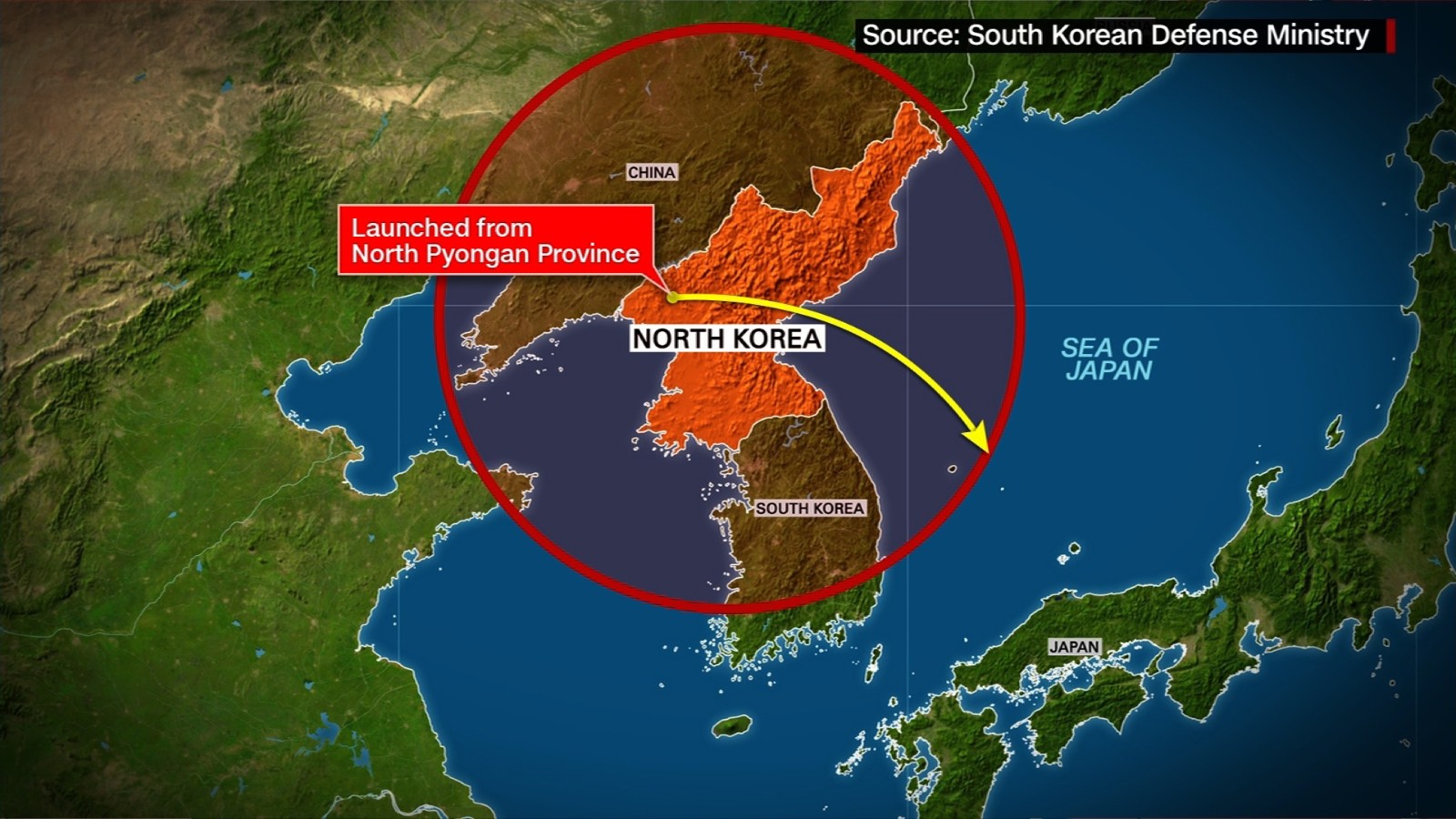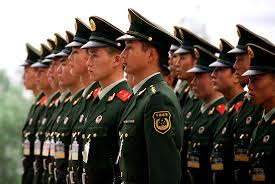Mutually Assured Destruction (MAD), Hard Power, and how they are related to the promotion of stability.
Throughout the known history arming oneself with power, both physical and militaristic, was always perceived as a threat to the international community. Therefore, it was swiftly condemned for being a destabilizing source to the regional equilibrium of neighboring countries. Today, in the 21st Century, post-Cold War, many international Human Rights and Peacekeeping organizations are quick to pull the curtain on such cases in fear of dire consequences.
The process itself, however, may not be as destructive as meets the eye. Guy Golan , an Israeli specialist of the Middle Eastern landscapes and of the nuclear issue explains us.
Military Strategic studies and National Security Policy doctrines shed light on a more complicated phenomenon known as Mutually Assured Destruction (MAD) – an instantaneous use of two or more opposing sides’ weapons for mass annihilation of each other with the purpose of preventing their enemy the use of said weapons. While the thought of an all-out nuclear war is dreadful to the average person, the concept of MAD provides a profound basis of how the directly contradictory consequences may be achieved from such a threat.
The word “deterrence” serves a crucial role in the implementation of said consequences. If a country has enough militaristic capabilities to be perceived as an equal threat to the regional stability by its adversaries, such capabilities may be the border between a threat to the stability and a regional crisis.
But where exactly is that border?
Even when two countries boast equal nuclear and militaristic capabilities, the basis of an all-out attack would be phrased as “first-come, first-serve”, “the early bird catches the worm”, “first country to carpet-nuclear-bomb the other wins”, and the list can go on and on. The deterrence is not effective if opposite countries have a military solution that can swiftly break the cycle. A certain example to that situation would be the nuclear bombings of Hiroshima and Nagasaki by the United States of America back in World War II – perhaps they were not the ideal way to bring the feud between the US and Japan to an end, but it sure served as a factor to the abrupt, bloody finale.
In a more militaristic point of view, the MAD refers to the complete and utter annihilation of a country, its army and its infrastructure, to the point where it cannot fight back. But the border is crossed when a country’s constant armament is done for the purpose of being able to retaliate to such massive attacks by the opposite side.
Retaliation, or more specifically, “Second-Strike Capability”, is the last piece of the puzzle. It turns our chaotic scenery of regional instability to the complete form of absolute stability. It is a unique militaristic competence that establishes stability with the assistance of offensive means. If an opposed country can retaliate to an attack with equal, proportionate force, then the retaliation serves as a deterrence to the enemy. But retaliation only deters when it’s obsolete – many countries sought, and are still seeking, to secure an unconditional capability to retaliate in response to the opposed side’s all-out nuclear bombardment, and vice versa.
A vivid example to a “Second-Strike Capability” is a “Dead-Man’s Switch”, a mechanism which activates independently when certain conditions are met or usually when the user becomes incapacitated. Some forms of “Dead-Man’s Switches” were widely common during the Cold-War era in both the United States and the Soviet Union.
One of few known examples to “Secondary-Strike Capability” in the United States’ Armed Forces throughout the Cold War Era is the “Special Weapons Emergency Separation System” (SWESS), a nuclear bomb release system built into US nuclear bombers. The system’s purpose was to ensure the release of a bomber’s arsenal of nuclear weapons and cause them to detonate in the event of the crew becoming debilitated.
In the Armed Forces of the Soviet Union during the same period, they were sophisticated no less, and few are actually known to today’s expert Military Strategists. A good relic of such an era can be the “Dead-Hand” mechanism, which assured the activation of the Soviet Union’s Intercontinental Ballistic Missiles in response to a sensor-detected nuclear strike by an opposing country.
The “Second-Strike Capability” has been the goal for many races of armament such as the Cold War, as we can see, and it was also mandatorily implemented using independent, fail-deadly mechanisms. Those mechanisms are used today as forms of deterrence to contribute towards regional stability.
The concept of MAD studies in Military Strategy are mostly theoretical, and as they go on we dive deeper and deeper into many different subjects consisted in the theory such as traits of Decision Makers, how a country can obtain “Second-Strike Capabilities” without having powerful militaristic arms, and that is only the tip of the iceberg.
So as the constant armaments continue, in an era when nations seek to preserve the diplomatic solutions through the form of peace talks and the forming of agreements, the studies of MAD show us that perhaps there is also a militaristic level to peace.
But then again, when we stop beating around the bush, some questions have to be asked – Does ISIS possess “Second-Strike Capabilities”? Are Nuclear Agreements reliable mechanisms of deterrence? Can MAD be achieved in developing countries by the establishment of militaristic capabilities?
The process of armament may not always be destructive, but no one said it’s simple.







